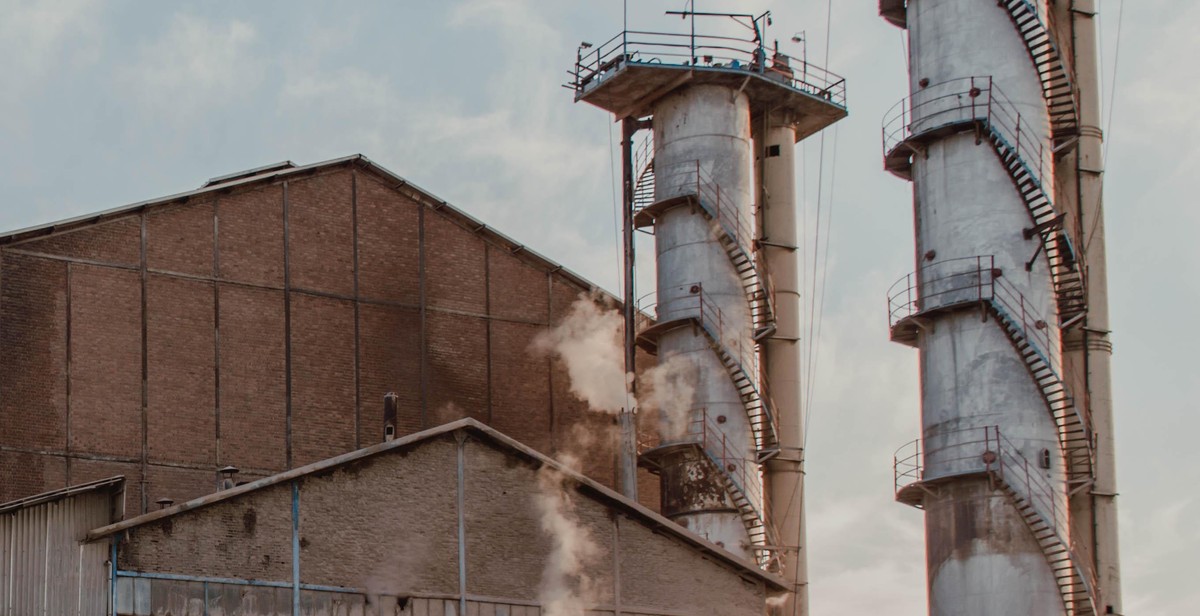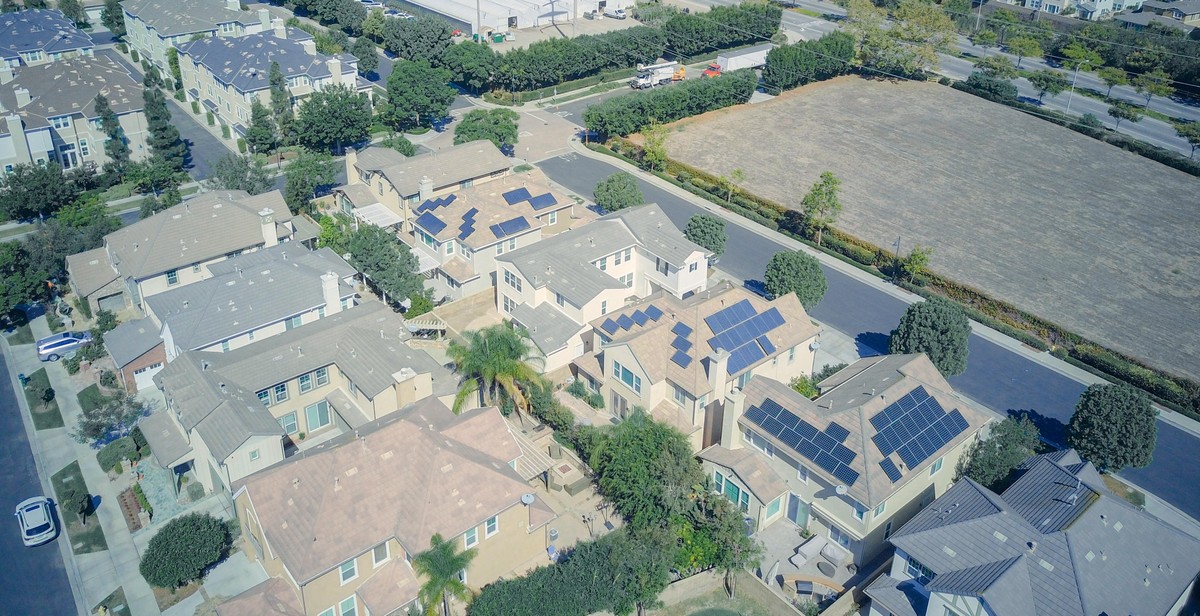Introduction: What is Eco-Friendly Architecture?
Eco-friendly architecture, also known as sustainable architecture, is the design and construction of buildings that aim to minimize their negative impact on the environment. This type of architecture seeks to create buildings that are energy-efficient, environmentally responsible, and healthy for the occupants.
Designing eco-friendly architecture requires a holistic approach that considers every aspect of the building’s lifecycle, from the materials used in construction to the energy consumption of the finished structure. The goal is to create buildings that are not only sustainable but also aesthetically pleasing and functional.
The Importance of Eco-Friendly Architecture
As global temperatures continue to rise and natural resources become increasingly scarce, the need for sustainable architecture has become more urgent. Buildings are responsible for a significant portion of global greenhouse gas emissions and consume a large amount of energy and water. By designing eco-friendly buildings, we can reduce our impact on the environment and create a more sustainable future.
Moreover, eco-friendly architecture offers numerous benefits, including lower energy bills, improved indoor air quality, and increased property values. By investing in sustainable design, we can create buildings that are not only better for the environment but also better for our health and wellbeing.

Designing for Sustainability
Designing for sustainability is an important consideration when creating eco-friendly architecture. It involves choosing materials, site selection, and orientation, as well as implementing passive design principles to ensure energy efficiency.
Site Selection and Orientation
Site selection and orientation are critical factors in sustainable building design. It is important to choose a site that is close to public transportation and other amenities to reduce the need for driving. Additionally, the orientation of the building can impact energy usage. A building should be positioned to take advantage of natural light and ventilation, as well as to reduce the impact of wind and harsh weather conditions.
Passive Design Principles
Passive design principles involve designing a building to take advantage of natural energy sources. This can include designing for natural ventilation and lighting, as well as using shading devices to reduce solar heat gain. Additionally, insulation and high-performance windows can help to reduce energy consumption and increase comfort levels.
Natural Ventilation and Lighting
Natural ventilation and lighting can significantly reduce energy usage and improve indoor air quality. This can be achieved by incorporating operable windows and skylights into the building design. Additionally, the use of light shelves and reflective surfaces can help to distribute natural light throughout the building, reducing the need for artificial lighting.
Shading Devices
Shading devices such as awnings, louvers, and overhangs can help to reduce solar heat gain and improve energy efficiency. These devices can be strategically placed to block direct sunlight during the hottest parts of the day, while still allowing natural light to enter the building.
Insulation and High-Performance Windows
Insulation and high-performance windows are essential components of sustainable building design. Insulation helps to reduce heat loss in the winter and heat gain in the summer, while high-performance windows can help to reduce energy consumption by limiting heat transfer. Additionally, windows with low-E coatings can help to block harmful UV rays while still allowing natural light to enter the building.
Material Selection
Material selection is another important consideration in sustainable building design. It is important to choose materials that are environmentally friendly and have a low carbon footprint. This can include materials that are locally sourced and renewable, as well as those that are recyclable or biodegradable. Additionally, materials with a long lifespan can help to reduce waste and minimize the need for replacement.
- Locally sourced materials
- Renewable materials
- Recyclable materials
- Biodegradable materials
- Long-lasting materials
By incorporating site selection and orientation, passive design principles, and material selection into sustainable building design, architects and builders can create eco-friendly architecture that is both energy-efficient and sustainable.

Energy-Efficient Strategies
Designing an eco-friendly architecture requires implementing energy-efficient strategies that reduce energy consumption and carbon footprint. Here are some key strategies that can help you create sustainable and energy-efficient buildings:
Lighting and Electrical Systems
Lighting and electrical systems play a crucial role in building energy consumption. To reduce energy usage, you can use LED lights, which are more energy-efficient than traditional incandescent bulbs. Additionally, you can install occupancy sensors that turn off lights automatically when a room is unoccupied. This helps to eliminate energy waste and reduce your electricity bills.
You can also reduce energy consumption by using natural light. Installing large windows and skylights can provide natural lighting, which reduces the need for artificial lighting during the day. This helps to minimize energy consumption and provides a comfortable and healthy environment for occupants.
Heating, Ventilation, and Air Conditioning (HVAC) Systems
Heating, ventilation, and air conditioning (HVAC) systems account for a significant portion of energy consumption in buildings. To reduce energy consumption, you can install energy-efficient HVAC systems that use less energy to heat or cool the building. You can also use programmable thermostats that allow you to set the temperature based on occupancy and time of day, which reduces energy waste and saves money on energy bills.
Proper insulation is also essential in reducing energy consumption. Insulating walls, roofs, and floors can help to keep the building warm during winter and cool during summer, reducing the need for heating and cooling systems. This helps to minimize energy consumption and maintain a comfortable indoor environment.
Renewable Energy Sources
Renewable energy sources such as solar, wind, and geothermal energy can help to reduce energy consumption and carbon footprint. You can install solar panels on the roof or walls to generate electricity, or use geothermal energy to heat or cool the building. Renewable energy sources are sustainable and environmentally friendly, and they can help to reduce energy bills in the long run.
Overall, implementing energy-efficient strategies is essential in creating sustainable and eco-friendly architecture. By reducing energy consumption and carbon footprint, you can create a healthy and comfortable indoor environment while saving money on energy bills.

Green Building Certifications
Green building certifications are a way to measure the sustainability and environmental performance of a building. They provide a framework for designing and constructing buildings that are energy-efficient, environmentally responsible, and healthy for occupants. There are several green building certifications available, including Leadership in Energy and Environmental Design (LEED), Living Building Challenge, and Green Globes.
Leadership in Energy and Environmental Design (LEED)
LEED is a certification program developed by the U.S. Green Building Council (USGBC) that recognizes buildings that are designed and constructed to be environmentally responsible and energy-efficient. The certification process is based on a point system, with buildings earning points for various sustainable features such as energy efficiency, water conservation, and use of sustainable materials. There are four levels of LEED certification: Certified, Silver, Gold, and Platinum.
Living Building Challenge
The Living Building Challenge is a certification program developed by the International Living Future Institute (ILFI) that aims to create buildings that are regenerative and self-sustaining. Unlike LEED, which focuses on reducing the negative environmental impact of buildings, the Living Building Challenge requires buildings to have a positive impact on the environment. To achieve certification, buildings must meet a strict set of criteria related to energy use, water conservation, and use of non-toxic materials.
Green Globes
Green Globes is a certification program developed by the Green Building Initiative (GBI) that provides a framework for designing and constructing sustainable buildings. Like LEED, the certification process is based on a point system, with buildings earning points for sustainable features such as energy efficiency, water conservation, and use of sustainable materials. However, Green Globes is considered to be a more flexible and cost-effective certification program than LEED.
| Certification | Developed by | Focus | Levels of Certification |
|---|---|---|---|
| LEED | U.S. Green Building Council | Reducing negative environmental impact | Certified, Silver, Gold, Platinum |
| Living Building Challenge | International Living Future Institute | Creating regenerative and self-sustaining buildings | Living Building Certification |
| Green Globes | Green Building Initiative | Designing and constructing sustainable buildings | 1-4 Green Globes |
Choosing the right green building certification for a project depends on various factors such as project scope, budget, and goals. However, all three certifications provide a framework for designing and constructing sustainable and energy-efficient buildings that benefit both the environment and occupants.

Conclusion
Designing eco-friendly architecture is not just a trend, but a necessity in today’s world. With the increasing demand for sustainable and energy-efficient buildings, architects and designers need to incorporate eco-friendly elements in their designs.
Through this article, we have discussed various ways to design an eco-friendly architecture, including using renewable energy sources, choosing sustainable materials, and incorporating passive design strategies. These measures not only help reduce the carbon footprint of buildings but also provide a healthier and more comfortable environment for occupants.
It is also essential to consider the life cycle of a building, from construction to demolition, and ensure that it has a minimal impact on the environment. This includes reducing waste, recycling materials, and designing for adaptability and flexibility.
Architects and designers have a significant role to play in creating sustainable and energy-efficient buildings that contribute to a better future for the planet. By incorporating eco-friendly elements in their designs, they can make a positive impact on the environment and society.
As individuals, we can also contribute to this cause by making conscious choices and supporting eco-friendly initiatives. By working together, we can create a more sustainable and healthier environment for ourselves and future generations.
